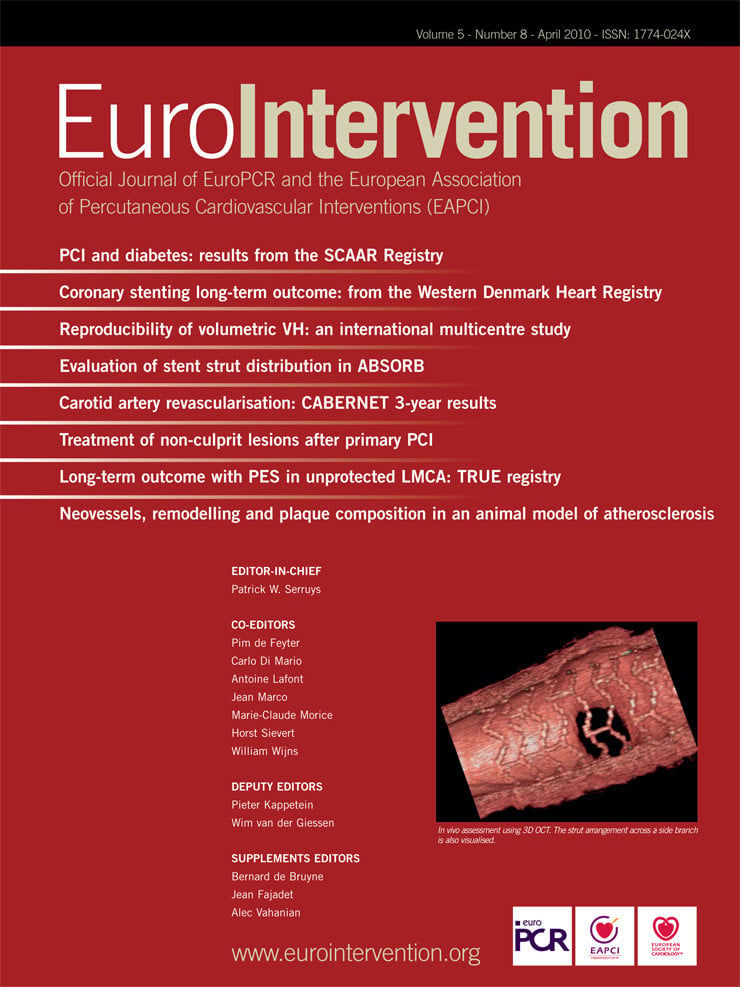Dear colleagues,
In designing our journal, or as we work on helping it evolve, we have often turned – with admiration – toward our “Older” and “Bigger” siblings such as the New England Journal of Medicine, JACC or Circulation. One thing that has always impressed me with these journals is their ability to focus on a particular issue, not in just one article, but by publishing a series, a group of articles all on the same subject. The New England Journal of Medicine will often bring together two or three papers addressing the same questions, and even when the data shows the same results, it remains far more compelling to see evidence from different sources. The perspective of different writers illuminates a subject in ways no single group or entity could ever accomplish; by placing articles of a similar subject together, we can further foster the spirit of dialogue that is essential for the advancement of our profession – and of our journal.
We don’t have the false pride to think that we can already compare ourselves to these powerhouse journals, however David still tries to copy Goliath, and over these next few issues we will attempt to bundle a variety of topics and issues; we have already begun with the recent grouping of papers on transcatheter valve replacement – specifically three different vascular complications – or, in the last issue, where we placed together some significant and major papers – including a consensus statement – on gender issues in percutaneous coronary issues.
This is a direction in which we are committed to turning to in the journal.
The power of pairing similar subjects
Although registry reports contain inherent limitations, and can dilute the strength of a particular message, two renowned groups stand out in this current issue of EuroIntervention. The much discussed SCAAR Registry (n=57,708) reports on their diabetes subset findings and the Western Denmark Heart Registry focusses here on very late stent thrombosis three years after PCI.
In addition, we have paired together – due to their similar nature – two papers discussing imaging modalities such as IVUS and OCT which provides us, on our cover page for this issue, one of the most gorgeous pictures ever produced using this method, an in vivo 3D OCT assessment of a bioabsorbable stent.
Also, we have included this month an article on peripheral interventions for carotid artery disease, maintaining our journals presence in this extended scope of our specialised field.
On another note
It is noteworthy that three papers published this month were actually submitted initially to the European Heart Journal (EHJ) for publication consideration. It is interesting to follow just how they moved to us.
The papers entered the EHJ review process and were favourably received. At the weekly EHJ Editorial Board meeting, attended by Thomas Lüscher, EHJ’s editor-in-chief and the Deputy Editors, including myself, these papers were considered, but rejected for publication principally due to a question of priority. Chosen by their specific subjects, and upon editorial consent, these papers were then transferred to EuroIntervention, and the submitting authors received a request to revise them using the EHJ reviewers comments. We thus avoided a proforma second round of review, as well as unnecessary delays.
Thanks to the work of Thomas and his team in Zurich, this transfer is becoming a useful route for prospective authors, and of course for both our journals, where one of our mutual goals is the aim of keeping the accept-to-print time frame to a minimum.
AOP, or Ahead-of-Print
Why AOP, and why so many? What does it mean?
This is a question you might be asking yourselves as you peruse the website of the journal...every month we seem to be publishing articles first online. In some ways the answer is simple, we are a victim of our own success. Over the last few months, while increasing the frequency that we publish, we have also been faced with submissions of a higher quality, and greater number. Many of these worthy papers have been patiently waiting for their place - depending on available space - in the print journal for upwards of a month, and it is time to bring them to the attention of the public.
By doing this online it affords us two vital ways to communicate with you: First, a paper that is accepted by peer review to be published does not languish in some electronic scientific netherworld until we have space in the print journal. Second, it allows us to follow the editorial line we described above, freeing up space in the print edition itself so that we can concentrate on the thematic issues of interest – bringing together many papers concerning the same topic at once.
Each and every one of these AOP articles will find themselves published in the print edition, and we will do our utmost to limit their number in the future, at the same time, when reading them online, take advantage of the other strictly web-based features of your journal which includes additional visual material and data, especially moving images for articles printed in the regular editions. Full case reports that are only summarised in the journal itself are available online as well, and of course our extensive archives.
We may not be one of the big players among the scientific journals...yet...but through attention and excellence we are committed to being an exceptional tool for you, our readers, authors, reviewers and community.

